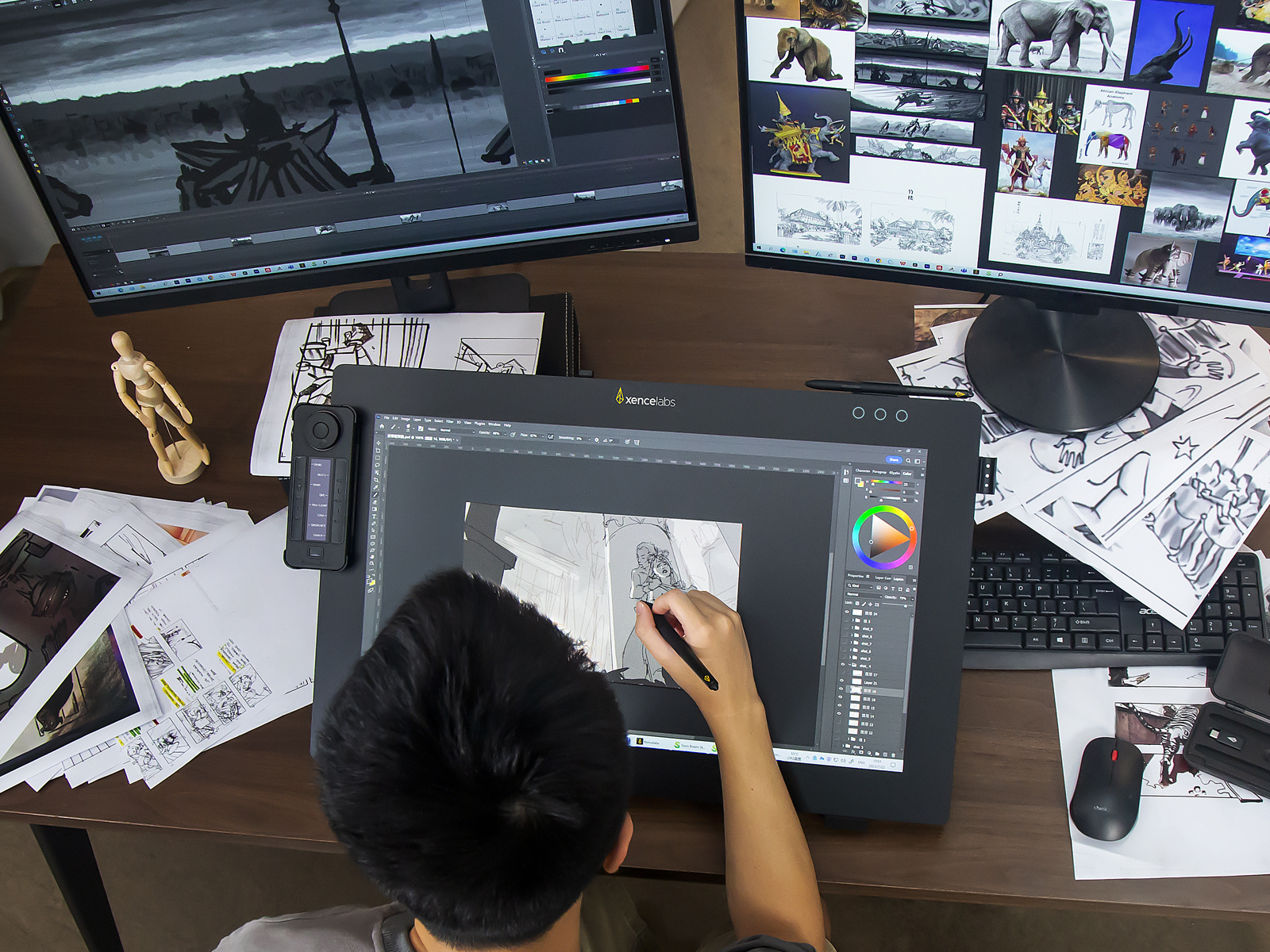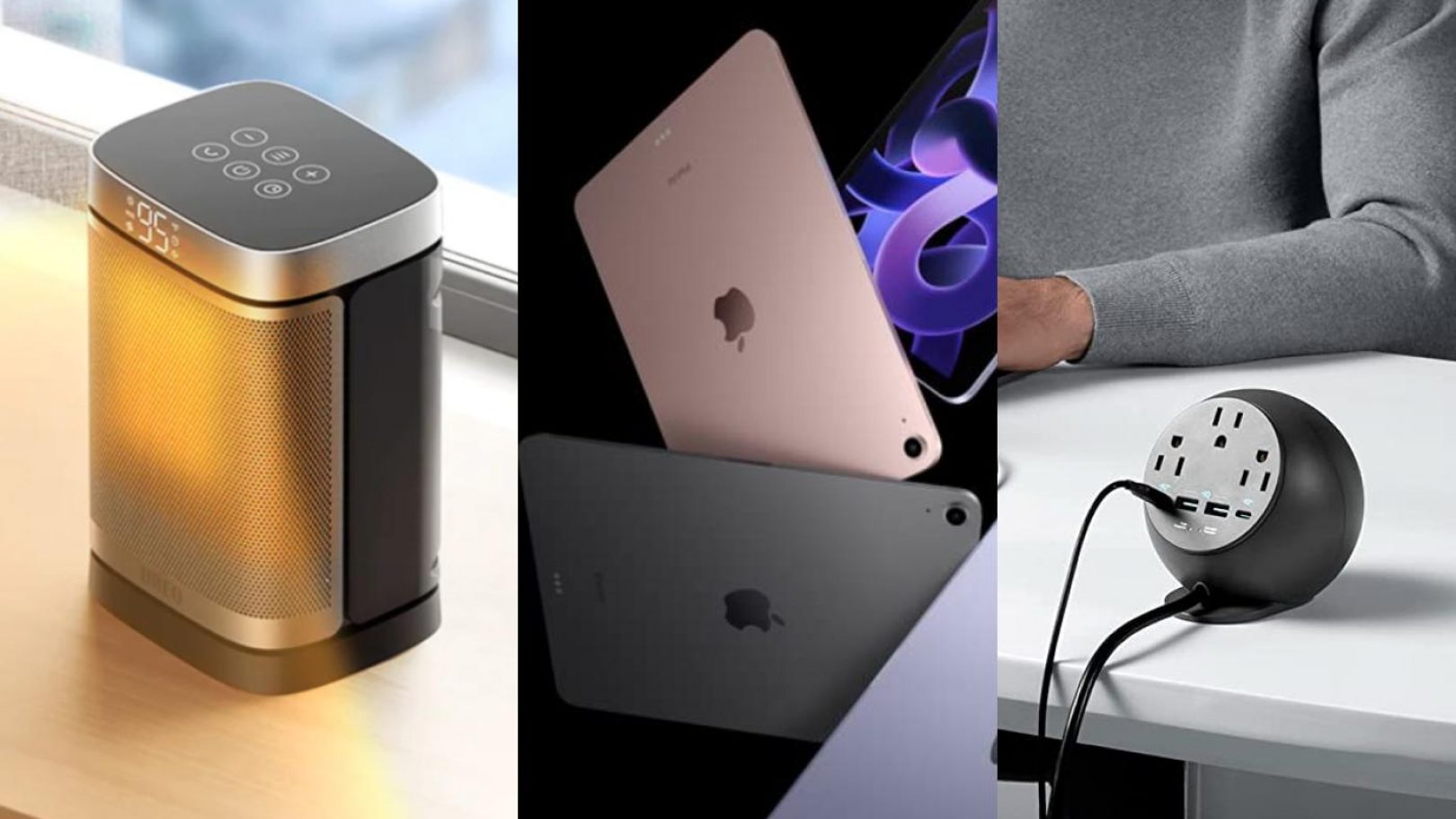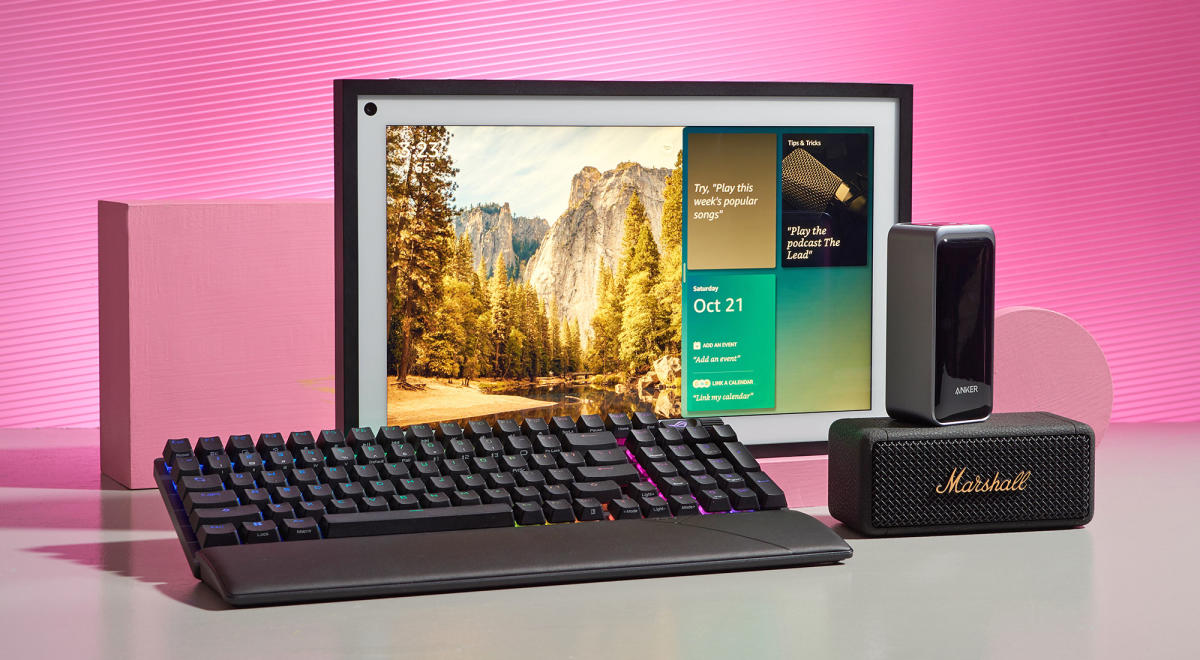The Evolution and Future of Tablet Technology

A New Era of Mobile Computing: The Rise of Tablets
Tablets have revolutionized the way we interact with digital content, offering a blend of portability and functionality that has captivated users worldwide. The iPad’s debut in 2010 marked a turning point, but the history of tablet PCs dates back to 1989 with devices like the GRiDPad. Weighing over 10 kg and running on DOS, the GRiDPad was a far cry from today’s sleek gadgets. The Palm Pilot, another early iteration, introduced a touchpad but still required a stylus for input.
The emergence of the iPad reshaped public perception, propelling tablets from niche gadgets to mainstream essentials. Android tablets further expanded the market by addressing some of the iPad’s limitations, offering a range of features that catered to the growing demand for mobile computing applications such as internet browsing, video streaming, social networking, and email.
The Competitive Landscape of Tablet Devices
Apple’s iPad dominated the market initially, with over 19.5 million units sold in 2010. However, other manufacturers quickly entered the fray, releasing their own tablets, many powered by the Android operating system. Notable entries include:
- Fusion Garage JooJoo
- Archos Tablet
- Dell Streak
- Samsung Galaxy Tab
- Toshiba Folio 100
- ASUS EeePad
- Sony Tablet
- BlackBerry PlayBook
- HP Slate
These devices have contributed to the diversification of the tablet market, offering consumers a range of options in terms of size, features, and price points.
The Impact of Chinese Manufacturers
The tablet market’s expansion was further fueled by Chinese manufacturers, who introduced affordable alternatives to the iPad. One such example is the P88 from Shenzhen Great Loong Brother Industrial Co., which gained attention for its similarity to the iPad, including the addition of USB ports. The P88’s makers even claimed their device predated the iPad’s release. Other Chinese tablets that have made waves include:
- Epad Tablet PC
- Eken M005 Tablet PC
- Haipad M701-R
- Malata Zpad T2
- Zenithink ZT-180
These devices have found a global audience through online stores and dropshipping retailers, making tablet technology more accessible.
Future Trends in the Tablet Market
Industry experts anticipate continued growth in tablet manufacturing and sales over the next year. Android’s popularity is expected to rise with the addition of new features like video calling. Meanwhile, Apple’s iPad is projected to maintain strong sales, with new versions and updates anticipated.
For those interested in the latest tablet technology, Chinavasion offers a selection of hi-tech gadgets that are popular among wholesalers and dropshippers.
Interesting Stats and Data
While the iPad remains a market leader, Android tablets have been gaining ground. According to Statista, as of 2021, Android tablets held a 39% share of the global tablet operating system market, with Apple’s iOS holding 58%. This competition has spurred innovation and kept prices competitive, benefiting consumers.
Furthermore, the global tablet market is expected to reach 1.28 billion units by 2026, growing at a CAGR of 1.5% from 2021 to 2026, as reported by ResearchAndMarkets.com. This growth is driven by the increasing adoption of tablets for education, business, and personal use, as well as the continuous development of new features and capabilities.
In conclusion, the tablet market continues to evolve, with a diverse range of devices catering to various consumer needs. As technology advances and manufacturers innovate, tablets are set to remain an integral part of our digital lives.


Leave a Comment